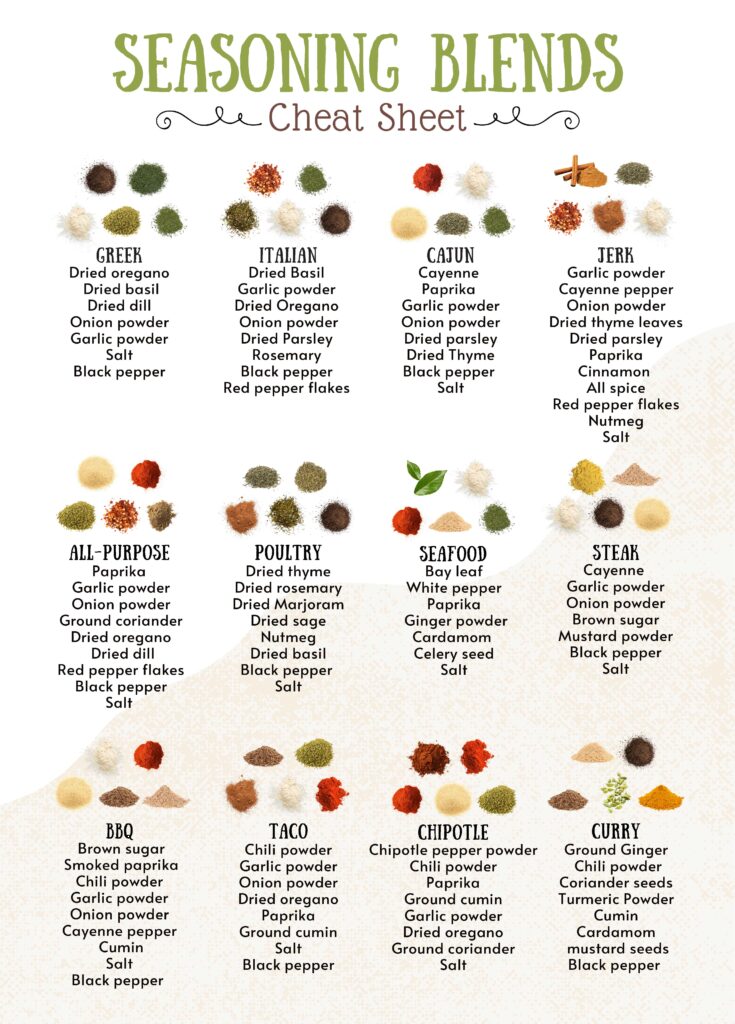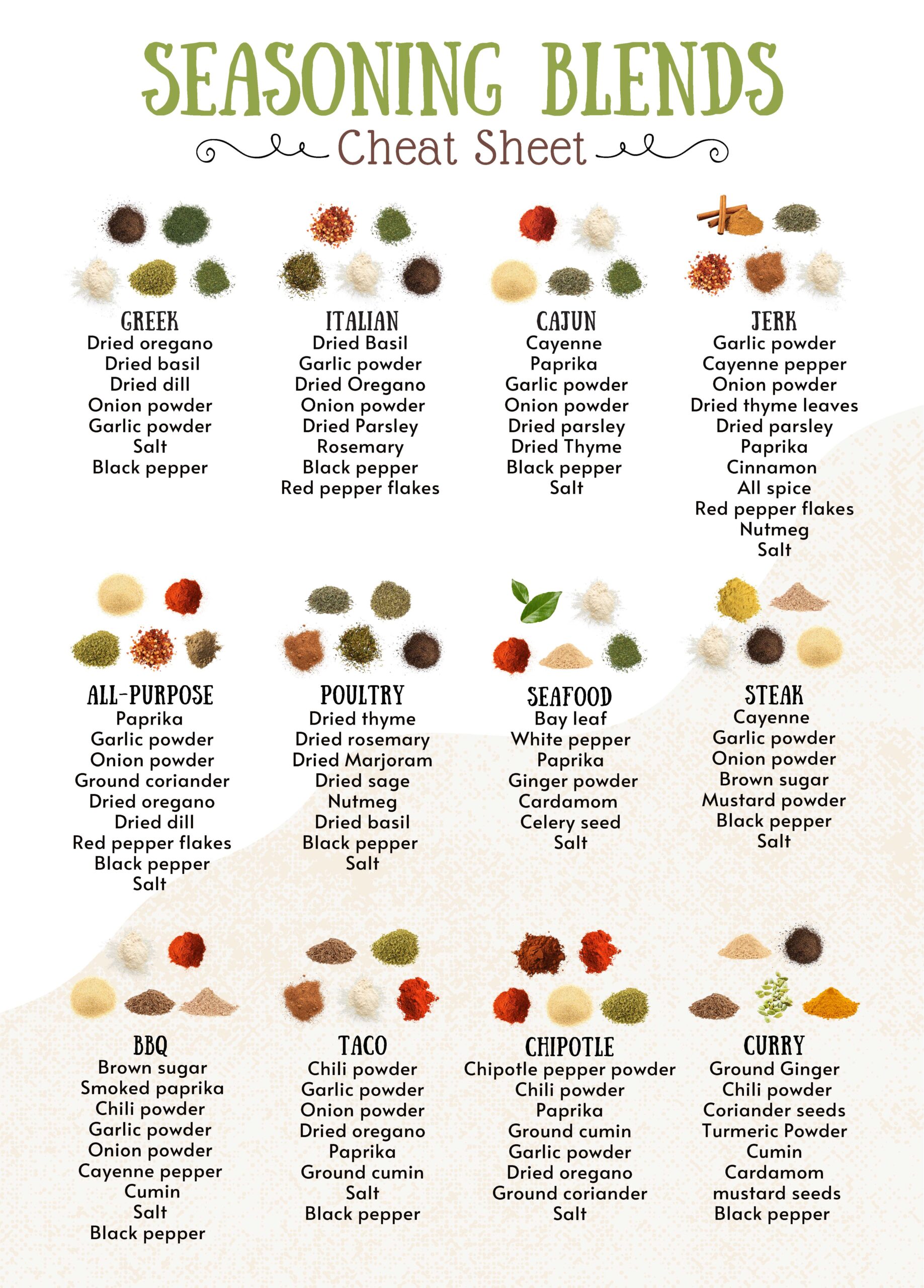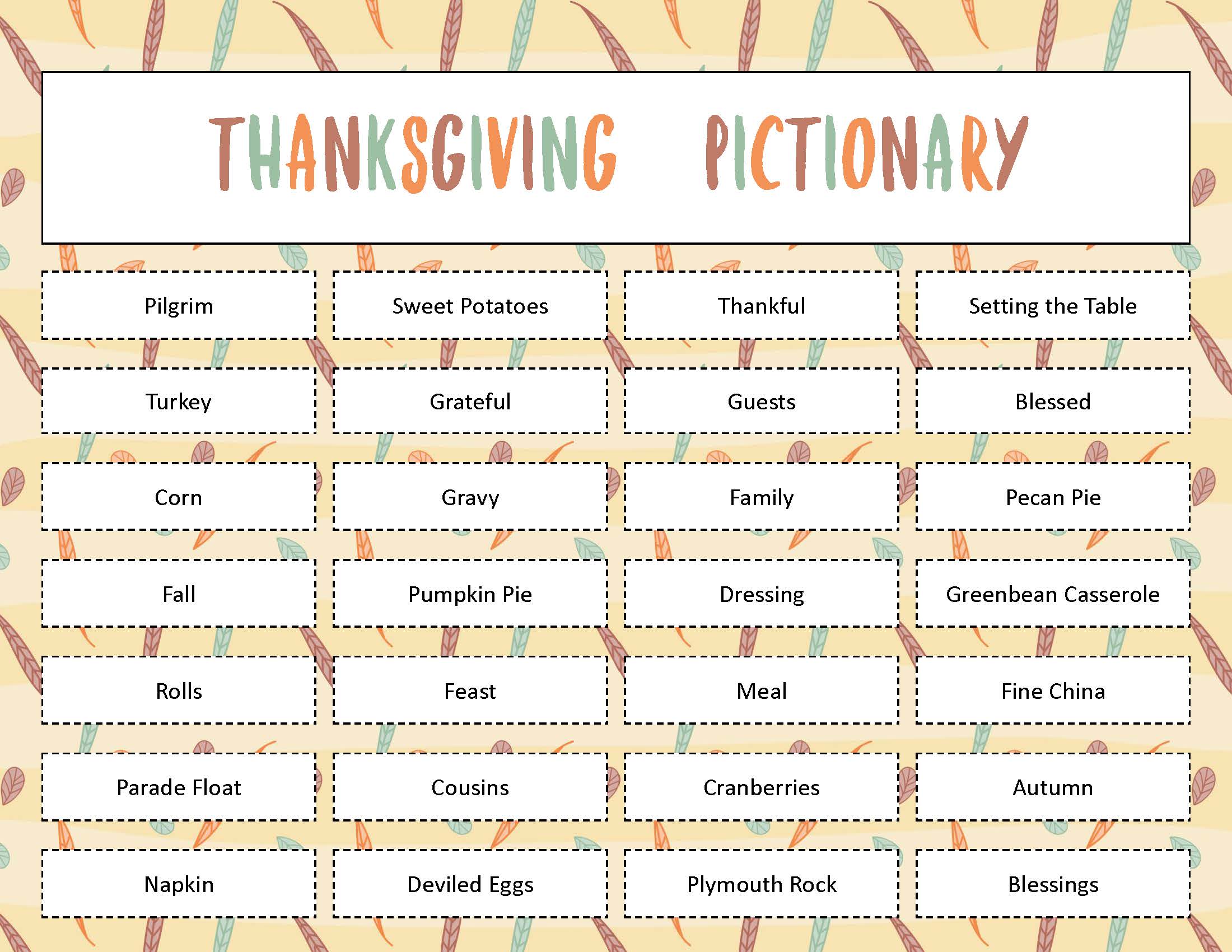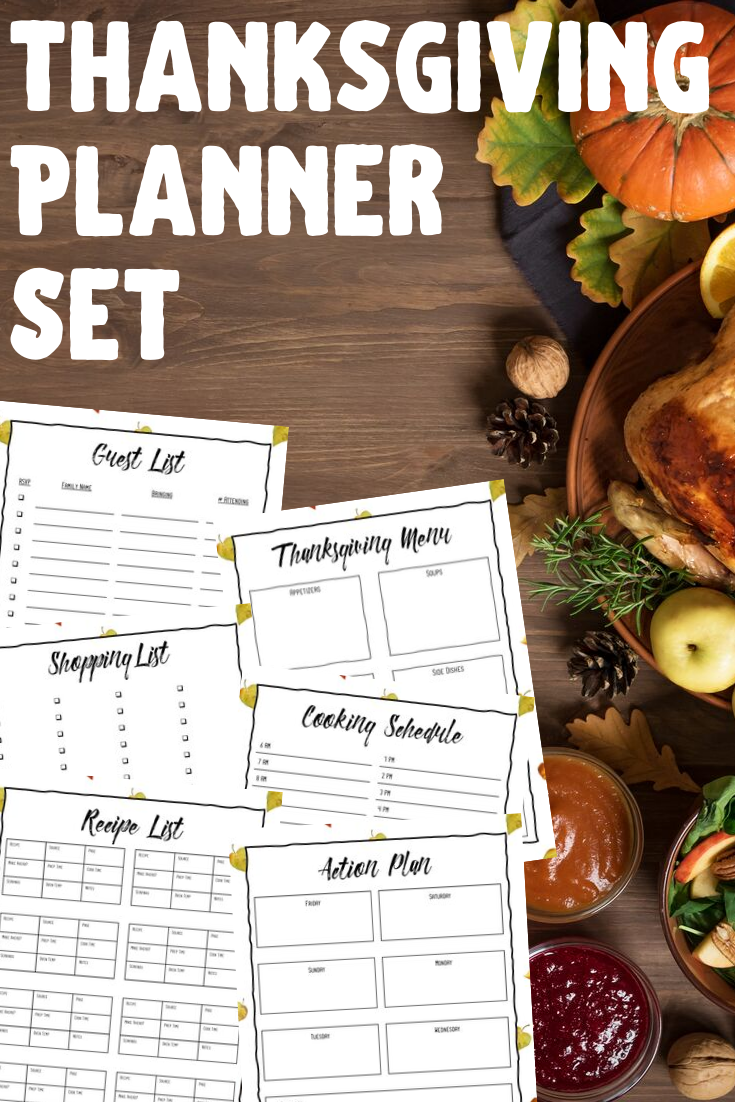Homemade Seasoning Blends: Elevate Your Cooking Game (+ Free Printable)
We all know how important spices are in cooking. They add flavor, aroma, and depth to any dish, making it more delicious and satisfying. But did you know that you can make your own homemade seasoning blends? Not only is it cheaper than buying pre-made blends, but you can also customize the flavors to your liking.

Making your own homemade seasoning blends may seem intimidating, but it's actually quite simple. All you need are some basic spices, herbs, and other ingredients that you probably already have in your pantry. With just a few simple steps, you can create your own unique blends that will take your cooking to the next level.
In this article, we'll share some of our favorite homemade seasoning blend recipes. From taco seasoning to Italian seasoning, these blends are easy to make and taste better than anything you can buy at the store. So, grab your spices and let's get started!
Homemade Seasoning Blends: Elevate Your Cooking Game
The Basics of Homemade Seasoning Blends
If you're tired of using the same old store-bought seasoning blends, it's time to take your cooking to the next level with homemade seasoning blends. Making your own spice mixes is not only fun and creative, but it also allows you to control the ingredients and customize the flavors to your liking. In this section, we'll cover the basics of homemade seasoning blends, including understanding seasoning components and the benefits of DIY spice mixes.
Understanding Seasoning Components
Before you start making your own seasoning blends, it's important to understand the components of a good spice mix. A basic seasoning blend typically consists of herbs, spices, and sometimes salt or other additives. Herbs are the leaves of plants, while spices come from the roots, bark, seeds, or fruit of plants. Both herbs and spices are used to add flavor and aroma to food.
When creating a seasoning blend, it's important to consider the freshness of your ingredients. Fresh herbs and spices will have a stronger flavor and aroma than older ones. You can buy dried herbs and spices from the store, but if you have access to fresh herbs and spices, use them for the best results.
The Benefits of DIY Spice Mixes
There are several benefits to making your own seasoning blends. First, you can control the ingredients and avoid additives and preservatives that are often found in store-bought seasoning blends. Second, you can customize the flavors to your liking and experiment with different combinations of herbs and spices. Third, making your own seasoning blends can save you money in the long run, as you can buy herbs and spices in bulk and use them to make multiple blends.
Setting Up Your Spice Cabinet
When it comes to homemade seasoning blends, having a well-organized spice cabinet is key to making cooking a breeze. Here are a few tips on how to set up your spice cabinet for maximum efficiency:
Choosing the Right Containers
The first step in setting up your spice cabinet is choosing the right containers. We recommend using airtight containers to keep your spices fresh for longer. Glass jars are a great option as they are non-reactive and won't absorb any flavors or odors. However, plastic containers can also be used as long as they are BPA-free and food-grade.
Organizing for Easy Access
Once you have your containers, it's time to organize them for easy access. We recommend labeling each container with the name of the seasoning blend and the date it was made. This will help you keep track of when your blends were made and when they need to be replaced.
To make it easy to find the spice you need, organize your containers by type of seasoning blend. For example, group all of your Italian seasoning blends together and all of your taco seasoning blends together. You can also organize your containers alphabetically or by frequency of use.
To make the most of your storage space, consider using a spice rack or a tiered shelf. This will help you see all of your spices at a glance and make it easier to find what you need.
By following these tips, you'll be able to set up a spice cabinet that is both organized and efficient. Happy cooking!
Creating Your Own Spice Blends
Making your own spice blends is an easy and cost-effective way to add flavor to your dishes. With a few basic spices and some creativity, you can create your own unique blends that perfectly suit your taste. In this section, we'll cover everything you need to know to create your own spice blends.
Mastering the Spice Blend Ratios
The key to creating a great spice blend is getting the ratios right. While there are no hard and fast rules, a good starting point is to use a 2:1:1 ratio of your main spices to your secondary spices and your aromatics. For example, if you're making a taco seasoning, you might use 2 tablespoons of chili powder as your main spice, and 1 tablespoon each of cumin and paprika as your secondary spices. Then, add 1 teaspoon each of garlic powder and onion powder as your aromatics.
Of course, you can adjust the ratios to suit your taste. If you prefer a more smoky flavor, you might use more paprika and less chili powder. If you like a little heat, you might add some cayenne pepper or crushed red pepper flakes.
Mixing and Storing Techniques
Once you've got your spices in the right ratios, it's time to mix them together. You can use a whisk or a fork to combine the spices, or simply put them in a bowl and mix them with your hands. Be sure to break up any clumps, especially if you're using ground spices.
When it comes to storing your homemade spice blends, it's important to keep them in an airtight container to prevent moisture and air from getting in. You can use a small glass jar with a lid, an old spice jar, or even a plastic bag. Just be sure to label the container with the name of the blend and the date you made it.
If you're making a large batch of spice blend, you may want to consider grinding your own spices. This allows you to control the texture of the spices and ensures that they're fresh. You can use a spice grinder or a mortar and pestle to grind your spices. Just be sure to clean the grinder or mortar and pestle thoroughly between uses to prevent any cross-contamination.
Whether you're making taco seasoning, Italian seasoning, ranch seasoning, jerk seasoning, fajita seasoning, Cajun seasoning, Greek seasoning, herbes de Provence, creole seasoning, or any other homemade spice blends, following these tips will help you create delicious and unique blends that will take your cooking to the next level.
Popular Seasoning Blend Recipes
When it comes to homemade seasoning blends, there are a few classic recipes that everyone should have in their arsenal. Here are some of our favorite seasoning blends that are easy to make and add a ton of flavor to any dish.
Homemade Taco Seasoning
Taco seasoning is a must-have in any kitchen, especially if you love Mexican food. Making your own taco seasoning is super easy and allows you to control the heat and spice level. To make homemade taco seasoning mix, you'll need:
- 1 tablespoon chili powder
- 1/2 teaspoon garlic powder
- 1/2 teaspoon onion powder
- 1/2 teaspoon dried oregano
- 1/2 teaspoon paprika
- 1 1/2 teaspoons ground cumin
- 1 teaspoon sea salt
- 1/2 teaspoon black pepper
Simply mix all the ingredients together and store in an airtight container. Use it to season ground beef, chicken, or veggies for tacos, burritos, or nachos.
Italian Seasoning Mix
Italian seasoning is a blend of herbs that is perfect for adding flavor to pasta dishes, soups, and salads. To make your own Italian seasoning mix, you'll need:
- 1 tablespoon dried basil
- 1 tablespoon dried oregano
- 1 tablespoon dried parsley
- 1 tablespoon dried thyme
- 1 tablespoon garlic powder
- 1 teaspoon onion powder
- 1/2 teaspoon red pepper flakes
Mix all the ingredients together and store in an airtight container. Use it to season tomato sauce, meatballs, or roasted veggies.
Ranch Dressing Blend
Ranch dressing is a classic American condiment that is perfect for salads, veggies, and dipping sauces. Making your own ranch seasoning mix is easy and allows you to avoid the preservatives and additives found in store-bought versions. To make homemade ranch seasoning mix, you'll need:
- 1/4 cup dried parsley
- 1 tablespoon dried dill
- 1 tablespoon garlic powder
- 1 tablespoon onion powder
- 1 tablespoon dried chives
- 1 teaspoon sea salt
- 1/2 teaspoon black pepper
Mix all the ingredients together and store in an airtight container. Use it to make ranch dressing by mixing 2 tablespoons of the seasoning mix with 1/2 cup of mayonnaise and 1/2 cup of buttermilk.
Specialty and Cultural Blends
When it comes to seasoning blends, there are many options to choose from. In addition to the basic blends, there are also specialty and cultural blends that can add unique flavor to your dishes. Here are some examples of these blends:
Creating Ethnic Spice Mixes
Creating ethnic spice mixes can be a fun way to experiment with new flavors in your cooking. One popular example is Garam Masala, which is a blend of spices commonly used in Indian cuisine. It typically includes cinnamon, cardamom, cloves, cumin, and coriander. This blend can be used in a variety of dishes, from curries to roasted vegetables.
Another popular ethnic blend is Jerk Seasoning, which is commonly used in Jamaican cuisine. It typically includes allspice, thyme, garlic, and scotch bonnet peppers. This blend can be used to marinate meats or added to stews and soups for a spicy kick.
Fusion Flavor Combinations
Fusion flavor combinations can also be a fun way to add unique flavors to your dishes. One example is Greek Seasoning, which typically includes oregano, garlic, and lemon. This blend can be used to season meats, vegetables, and even salads.
Another example is Creole Seasoning, which is commonly used in Louisiana cuisine. It typically includes paprika, garlic, onion, and cayenne pepper. This blend can be used to season meats, seafood, and vegetables.
When experimenting with these specialty and cultural blends, it's important to keep in mind the flavor profile of the dish you're making. You don't want to overpower the other flavors in the dish with too much seasoning. Start with a small amount and adjust as needed. And don't be afraid to get creative and try new combinations!
Seasoning for Specific Dishes
When it comes to seasoning specific dishes, we have found that having a few go-to blends can make meal prep a breeze. Here are some of our favorite homemade seasoning blends for poultry, meat, and vegetables.
Poultry and Meat Seasonings
For chicken, we love to use a simple blend of salt, pepper, garlic powder, and paprika. This creates a flavorful seasoning that can be used on any cut of chicken, from wings to breasts. We also like to use poultry seasoning for roast chicken. This blend typically includes sage, thyme, marjoram, rosemary, and nutmeg, and it adds a delicious savory flavor to the meat.
For beef, we recommend using a steak seasoning blend that includes salt, pepper, garlic powder, onion powder, and paprika. This is perfect for grilling or pan-searing steaks and adds a nice smoky flavor. For burgers, we like to use a burger seasoning blend that includes salt, pepper, garlic powder, onion powder, and a touch of cayenne pepper. This adds a little kick to the burgers and makes them taste like they came from a restaurant.
If you're making a pork roast, we suggest using a blend of salt, pepper, garlic powder, onion powder, and dried thyme. This creates a delicious seasoning that complements the natural sweetness of the pork. For beef stew, we recommend using a blend of salt, pepper, garlic powder, onion powder, and dried basil. This adds a nice depth of flavor to the stew and makes it taste like it's been simmering all day.
Vegetable and Salad Dressings
For vegetables, we like to keep it simple and use a blend of salt, pepper, garlic powder, and olive oil. This works well for roasting vegetables like broccoli, cauliflower, and carrots. For salads, we recommend making your own dressing using a blend of olive oil, balsamic vinegar, Dijon mustard, honey, and salt. This creates a delicious and healthy dressing that is perfect for any salad.
Customizing Seasonings for Dietary Needs
When it comes to seasoning blends, there are many options available on the market. However, some of these blends may contain high levels of sodium, MSG, or allergens that may not be suitable for everyone. That's why it's important to customize seasonings to meet your dietary needs. In this section, we will discuss how to create low-sodium and no-MSG blends, as well as allergen-free mixes.
Low-Sodium and No-MSG Blends
If you're watching your sodium intake, you may want to create your own seasoning blends to control the amount of salt you consume. When making a low-sodium blend, you can reduce the amount of salt and use other herbs and spices to add flavor. For example, you can use garlic powder, onion powder, black pepper, and dried herbs like thyme, oregano, and basil to create a flavorful blend without adding too much salt. You can also use fresh herbs like rosemary, sage, and parsley to add a fresh and vibrant taste to your dishes.
MSG is a common food additive that is used to enhance the flavor of foods. However, some people may be sensitive to MSG and experience symptoms like headaches, nausea, and sweating. If you're looking to avoid MSG, you can create your own seasoning blends using natural ingredients. For example, you can use herbs like basil, oregano, and thyme, as well as spices like black pepper, garlic powder, and onion powder to create a delicious blend without MSG.
Allergen-Free Mixes
If you have food allergies, it can be challenging to find seasoning blends that are safe to use. Many seasoning blends contain common allergens like wheat, soy, and dairy. To create an allergen-free mix, you can use herbs and spices that are free from allergens. For example, you can use herbs like rosemary, thyme, and sage, as well as spices like cumin, coriander, and turmeric to create a flavorful blend that is free from allergens. You can also use salt-free seasoning blends to avoid allergens and control your sodium intake.
-> Download and print our free printable Homemade Seasoning Blends cheat sheet here! <-

Tips for Maximizing Flavor
When it comes to making homemade seasoning blends, there are a few tips and tricks that can help you get the most flavor out of your ingredients. Here are some of our top tips for maximizing flavor:
Using Fresh vs. Dried Herbs
When it comes to herbs, using fresh or dried can make a big difference in the flavor of your seasoning blends. Fresh herbs have a brighter, more vibrant flavor, while dried herbs have a more concentrated, earthy flavor.
If you're using fresh herbs, be sure to use them within a few days of purchasing or harvesting them for the best flavor. If you're using dried herbs, make sure they're not too old or stale. You can tell if dried herbs are still fresh by giving them a sniff – if they don't smell like anything, they're probably past their prime.
The Grinding Technique
Another important factor in maximizing flavor is the grinding technique you use. Whole spices and herbs have a longer shelf life than ground ones, but they also have a stronger flavor. Grinding your own spices and herbs just before using them can help you get the most flavor out of them.
Investing in a good spice grinder can make a big difference in the flavor of your seasoning blends. A coffee grinder can also work in a pinch, but make sure to clean it thoroughly before and after use to avoid any residual coffee flavor in your spices.
By using fresh ingredients and grinding them just before use, you can create homemade seasoning blends that are bursting with flavor. Experiment with different combinations of herbs and spices to find your perfect blend.
Economical Aspects of Homemade Blends
When it comes to seasoning blends, buying pre-made mixes from the store can quickly add up and become expensive. However, making your own blends can be a cost-effective alternative that not only saves you money but also allows you to customize your flavors to your liking.
Saving Money with Bulk Purchases
Buying spices in bulk can be a great way to save money in the long run. By purchasing larger quantities of individual spices, you can often get a better price per ounce than buying pre-made blends. This can be especially cost-effective if you use certain spices frequently.
When buying in bulk, it's important to make sure you have a plan for how you will store your spices to maintain their quality and freshness. We recommend storing your spices in airtight containers, such as glass jars with tight-fitting lids, in a cool, dry place away from direct sunlight.
Extending Shelf Life
One of the benefits of making your own seasoning blends is that you can control the quality and freshness of the ingredients. However, it's important to keep in mind that homemade blends may not have the same shelf life as pre-made blends that contain preservatives.
To extend the shelf life of your homemade blends, we recommend storing them in airtight containers in a cool, dry place away from direct sunlight. You can also consider adding a small packet of silica gel to help absorb any moisture and prevent clumping.
By making your own seasoning blends and purchasing spices in bulk, you can save money and customize your flavors to your liking. Just remember to store your spices properly to maintain their quality and freshness.
Creative Uses for Seasoning Blends
We all know that seasoning blends are a great way to add flavor to our favorite dishes, but did you know that they can also be used in other creative ways? Here are some ideas to help you get the most out of your homemade seasoning blends.
Beyond Cooking: Other Uses
Seasoning blends can be used for more than just cooking. They can also be used to add flavor to other foods and snacks. For example, try sprinkling some taco seasoning on popcorn for a spicy snack, or mix some Italian seasoning into cream cheese for a tasty spread. You can even use seasoning blends to add flavor to your favorite beverages. For example, try adding some cinnamon and nutmeg to your coffee for a delicious fall-inspired drink.
Gift Ideas and Presentation
Homemade seasoning blends also make great gifts. Simply mix up a batch of your favorite blend, and package it in a cute jar or container. You can even include a recipe card with ideas for how to use the blend. Another fun idea is to create a gift basket filled with different homemade seasoning blends, along with some recipe cards and cooking utensils. This makes a great gift for the foodie in your life.
When it comes to presentation, there are lots of fun ways to package your homemade seasoning blends. You can use mason jars, decorative tins, or even small plastic bags. Be sure to label each blend with its name and ingredients, and include any special instructions for use. You can also add decorative touches like ribbons or labels to make your blends look extra special.
Homemade seasoning blends are a versatile and fun way to add flavor to your favorite dishes, snacks, and beverages. They also make great gifts, and can be packaged in a variety of creative ways. So why not try making your own blends today and see what creative uses you can come up with?







